Chambers Creek Veterinary Hospital

Services
General Wellness

PAW Plans
PAW Plans provide your pet with preventive care to ensure a safe and happy life.
Learn More
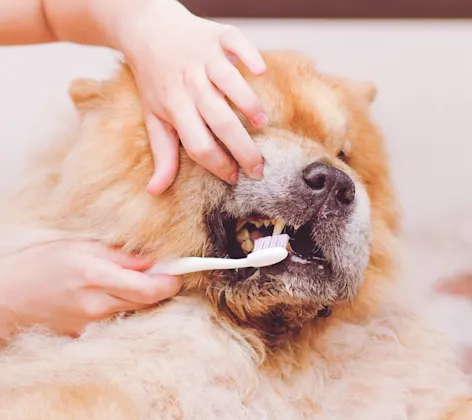
Dentistry
Annual dental exams and cleanings are recommended to protect your pet from many health problems and help them maintain a healthy and clean mouth.
Learn More

Diet & Nutrition
Proper diet and nutrition can help your pet fight against disease, maintain a proper weight, and promote the overall well-being of your pet.
Learn More
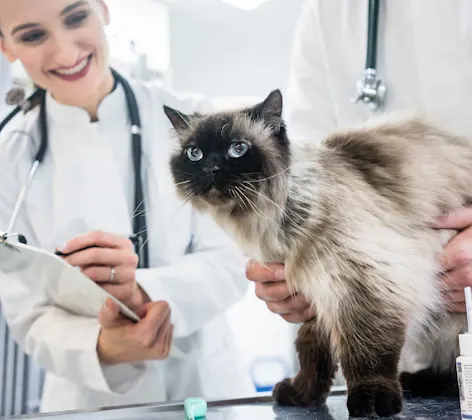
Parasite Control (Fleas, Ticks & Heartworms)
Parasites such as fleas and ticks can be very damaging to your pet’s health. Preventive measures should be taken year-round to inhibit potential outbreaks.
Learn More

Wellness & Preventive Care
Annual wellness exams evaluate your pets overall health, detect problems before they become serious, and keep them on track to live a long, healthy life.
Learn More
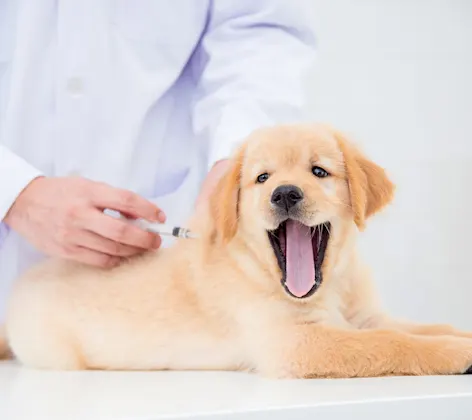
Vaccinations
Preventative care is an important aspect in maintaining your pet’s health. Proper vaccination is vital in protecting them against harmful diseases.
Learn More
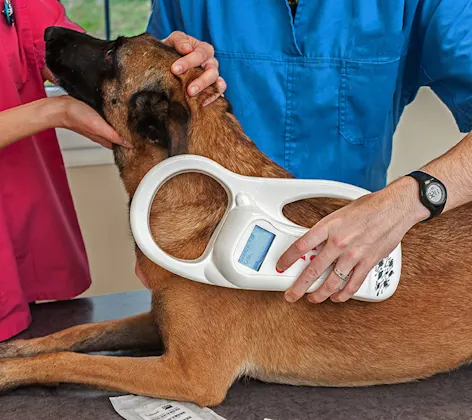
Microchipping
Microchip identification is the most reliable way to reunite lost pets with their owners.
Learn More
Diagnostic Services

Diagnostic Ultrasounds
An ultrasound is a highly useful tool when evaluating heart conditions, internal organs, cysts and tumors.
Learn More
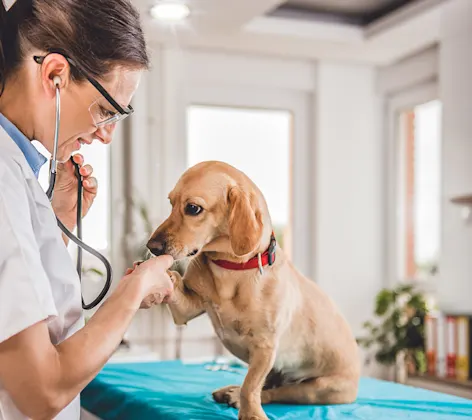
EKG
We use electrocardiography to measure and evaluate the electrical activity of the heart to diagnose potential heart conditions your pet may suffer from.
Learn More
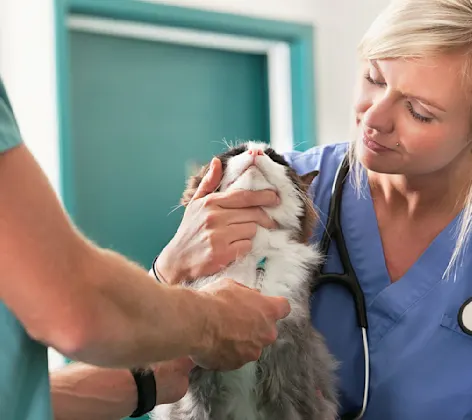
Laboratory Services
Diagnostic testing can identify problems your pet may be experiencing so that proper treatment can begin before a condition worsens.
Learn More
Surgery Services
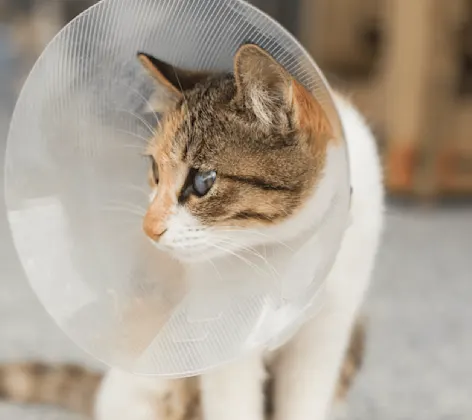
Spay & Neuter
Spaying or neutering your pet can help them live a longer, healthier life, minimize behavior problems, and help control the population of unwanted dogs and cats.
Learn More

Soft Tissue Surgery
We perform soft tissue surgery for a number of medical reasons. This common surgery can be used for most anything non-joint or bone related.
Learn More
Special Health Services
Accreditations and Certifications

American Association of Feline Practitioners (AAFP)
The American Association of Feline Practitioners (AAFP) is instrumental in advancing feline veterinary care through their publications of Practice Guidelines, Position Statements, and other educational resources.
Learn More
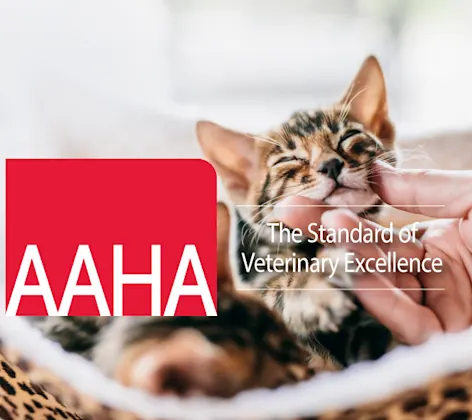
American Animal Hospital Association (AAHA)
The American Animal Hospital Association (AAHA) is the only accrediting organization for companion animal veterinary hospitals in the United States and Canada.
Learn More
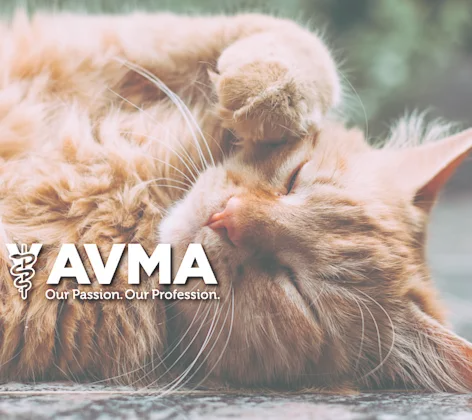
American Veterinary Medical Association (AVMA)
The American Veterinary Medical Association (AVMA) is the leading, and most collective voice of the veterinary profession.
Learn More




